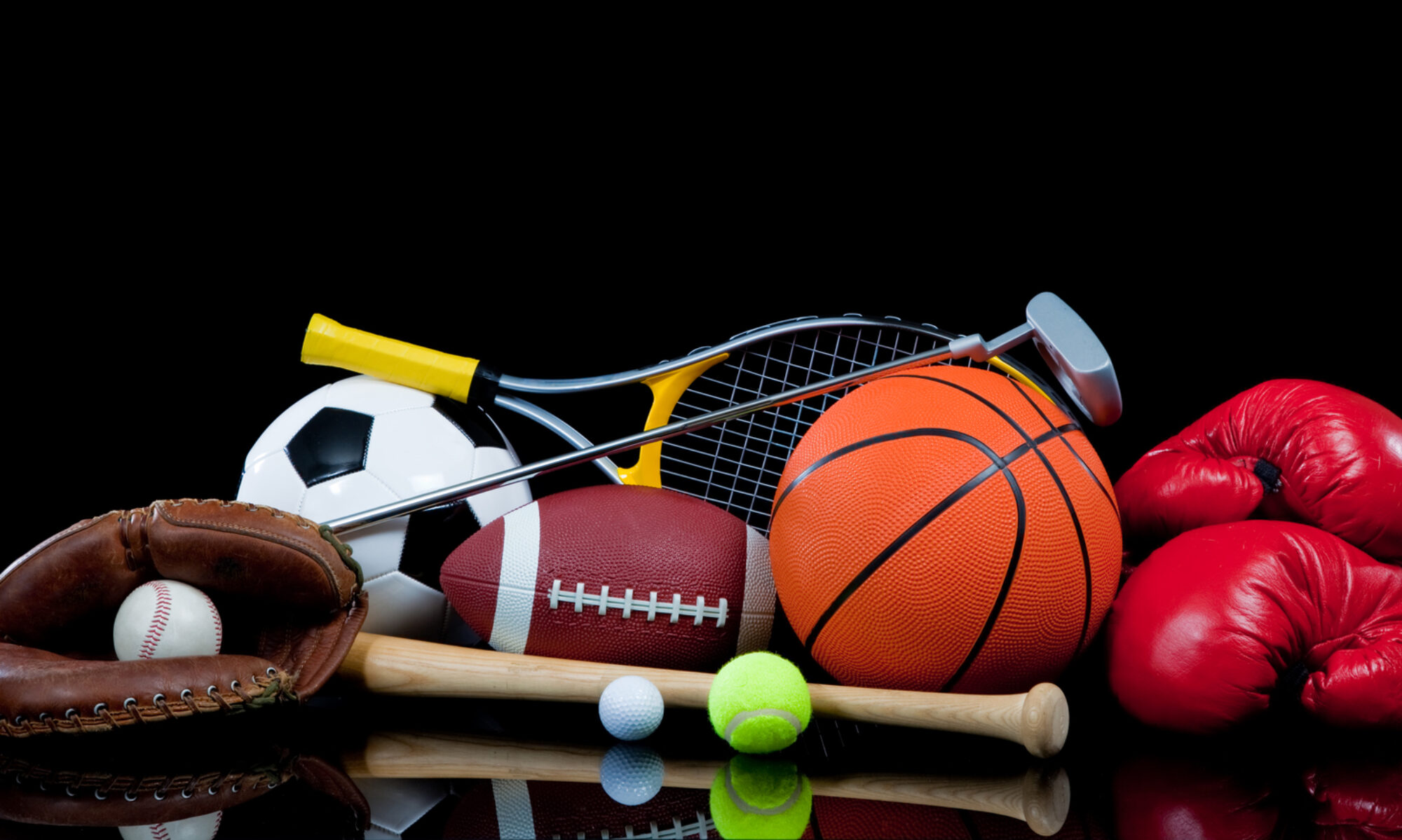The parkrun (written with a small “p”) is a collection of in excess of 2000 5-kilometre (or 3.1 mile) events for walkers and runners which are held every Saturday morning in twenty two countries around the world. In addition to that there is a childrens parkrun over 2 kilometres (1.25 miles) for kids aged 4 to 14 on a Sunday morning. These parkrun’s happen to be free to take part and are staffed and run by volunteers, even though there can be a a few employed personnel at its headquarters. The parkrun was launched by Paul Sinton-Hewitt with the initial run getting put on at Bushy Park in London, England on 2 October back in 2004. The event grew from there becoming duplicated in many other Great Britain venues. They were at first referred to as UK Time Trials with the label, parkrun, initially getting used in 2008 when expansion began to take place in other countries. The parkruns occur in various sorts of locations including parks, nature parks, woodlands, estuaries and rivers, lakes, beaches, as well as prisons. Those participants that have completed 50, 100, or 500 of the runs are given a free tee shirt. Once a participant has registered on the parkrun website and gets a bar code, they’re able to travel to and take part in any throughout the world where they are usually referred to as “tourists”. The record holder of the run for men is Andrew Baddeley with a time of 13 minutes and 48 seconds and the woman’s fastest is Lauren Reid who has a time of 15 minutes and 45 seconds.
The founder, Paul Sinton-Hewitt was granted a CBE by the Queen for his services to grassroots sports activity in 2014 for that which parkrun has become. At the moment you will find nearly 7 million participants registered worldwide with parkrun. This amazing fast growth is mainly due to its simpleness and accessibility. Participants only need to signup on the web just once after which they basically turn up at any parkrun event and run. The inclusive viewpoint can also be almost certainly one factor as participants cover anything from competitive and fast club athletes to those that just walk the 5km. Wheelchair users, individuals pushing strollers with young children and individuals running with their animals are welcome. The events happen to be acclaimed among the list of greatest public health initiatives of our time for promoting exercise as well as as being a social movement to the common good.
Each parkrun event is staffed and administered by volunteers with the important equipment furnished by the parkrun head office. These volunteers are considered the heart of the parkrun movement and their efforts are credited on the parkrun’s web site every week. A short while ago the writer, Eileen Jones journeyed around the UK and stopped at a lot of the 730 parkrun venues there and spoke with runners and walkers and discussed the way a 5km event on a Saturday morning had changed their life. Jone’s work was published in a book having the title of “how parkrun changed our lives”.
At the start of March in 2020, the vast majority of parkrun gatherings ended up cancelled around the world as a consequence of the COVID crisis. At the beginning of 2021 some events started to return, primarily since the pandemic began to be controlled in some countries around the world.



